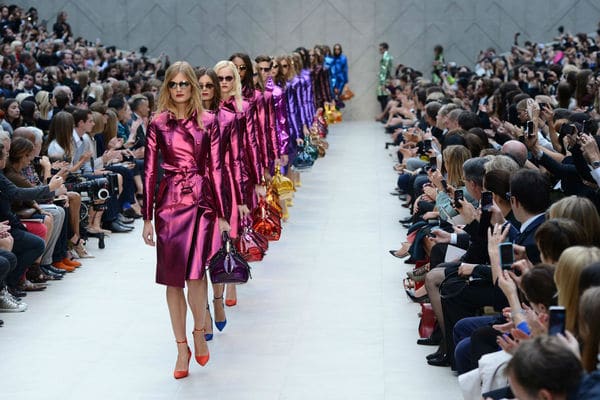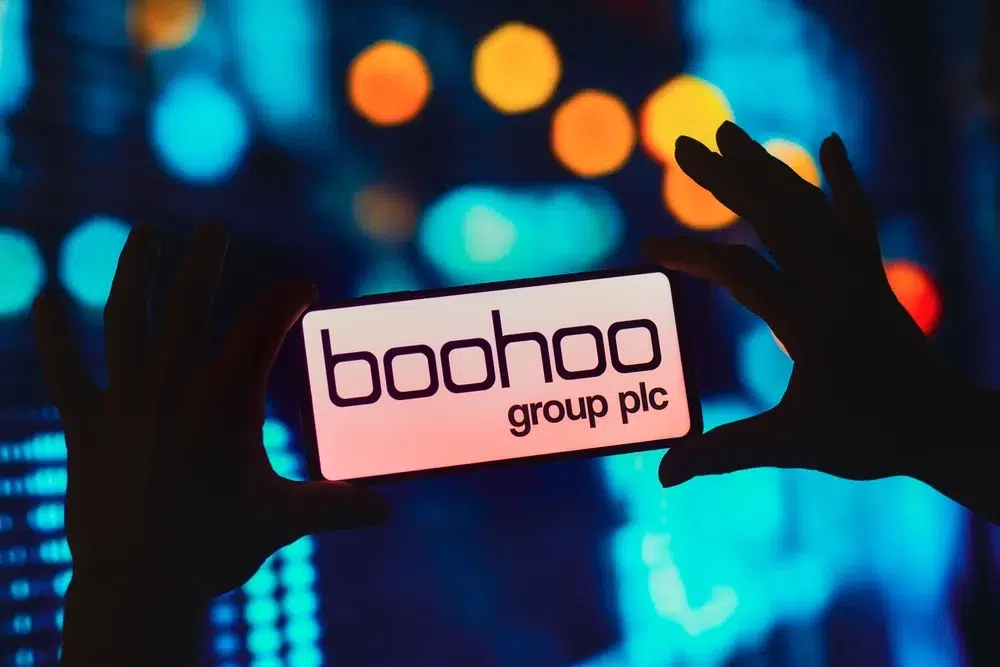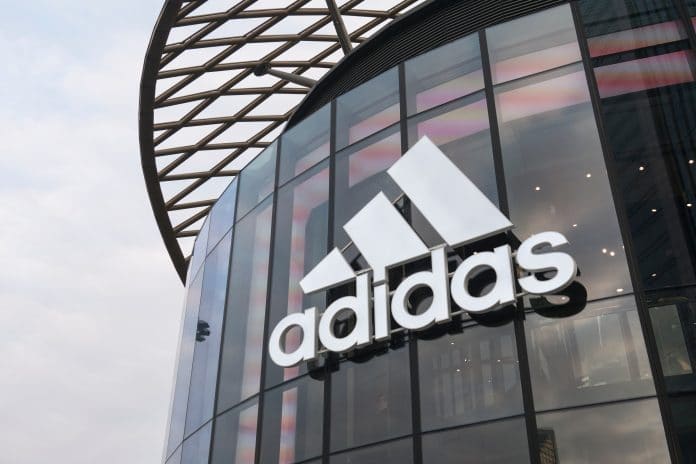London Fashion Week has come to a close, but the collective fashion consciousness is still absorbing the week‘s events.
150 designer presentations, 83 catwalk shows and an opening speech from Prime Minister Theresa May herself once again cemented London as the centre of the fashion world.
May‘s speech referred to the changing face of the retail industry, not only in the face of Brexit but in supporting those looking for careers in the new roles that technology is demanding.
@Burberry ‘see now, buy now’ SS17 collection is making our dreams come true https://t.co/sAiPXzv1kZ pic.twitter.com/dx7XvmkiFV
— ELLEUK (@ELLEUK) September 21, 2016
However, the change that really made a lasting impression this LFW was the new “runway to retail” initiative which has revolutionised the fashion schedule.
Adopted by Topshop, Burberry and Ralph Lauren among others, wide-eyed catwalk observers can now purchase their favourite items instantly.
RELATED: Burberry crowned leader in sustainability
“Fashion Week is an important benchmark for retail and the fact that this trend of immediacy is growing around it means it‘s vital to pioneer in this direction,” Demandware head of industry insights Jamie Merrick said.
“The millennial shopper, as the first digitally native generation, no longer has to play by the ‘old rules‘, so brands now have the opportunity to cut straight to the shopper and start the conversation on their terms.”
POPSUGAR European managing director Genevieve Kunst, who hosted a Social House event for LFW said it was all about immediacy and personalisation.
“People are no longer willing to wait six months to buy something that was on the runway, particularly when fast fashion and homages make it to the stores faster than the original,” she said.
London Fashion Week showing again that #londonisopen – and an international leader of creativity and entrepreneurship #LFW #cityoffashion pic.twitter.com/sxlT2z5jIo
— Mayor of London (@MayorofLondon) September 20, 2016
“It is definitely here to stay, but it is dependent upon the brand, its consumer and their expectations.
“Seeing a heritage brand like Burberry at the forefront of this illustrates that it is something that every label will be considering, especially as brands become more and more digitally engaged with their consumers.”
A significant change from the six month wait which has been the industry standard since the early days of LFW, the radical change has been brought about by social media, w
RELATED STORIES


















